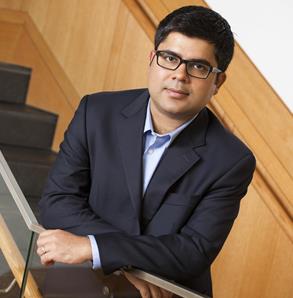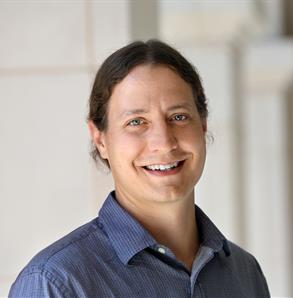Wildfires, such as California’s summer-long Soberanes Fire, are being recreated in a third-floor aerosols laboratory in Brauer Hall on the campus of Washington University in St. Louis by a team from the School of Engineering & Applied Science.
The Soberanes, which raged for months across the Big Sur region, cost more than $200 million to battle from the air and ground, making it the most expensive firefight in U.S. history.
Such forest fires make an enormous impact on both climate change and human health in the United States and across the globe, which is why Washington University engineers have worked over the summer and into the fall to try to better understand the particulate matter emitted during these increasingly more frequent natural disasters.

“Wildfires are a big national issue and people are already feeling it,” said Rajan Chakrabarty, assistant professor of Energy, Environmental & Chemical Engineering in the School of Engineering & Applied Science. “The projections show that by 2020, there will be a significant increase in frequency of these fires in the United States. We want to understand the climate and health effects of the particles and gases which are being emitted from these fires.”
Using fuels taken from wildfire areas across the country such as pine branches and peat, researchers, clad in lab coats, gloves and goggles, are lighting fires in controlled experiments to mimic wildfires on a much smaller scale. Their novel approach uses a special chamber that allows the controlled combustion of these fuels under flaming and smoldering conditions, following which the emitted smoke particles are photochemically aged in a flow tube reactor for up to several equivalent atmospheric days.
This enables the researchers to observe and analyze the tiny particles — some as small as 1/100,000th the width of a human hair — emitted during the entire life cycle of a forest fire, and their subsequent processing in the atmosphere. It’s a process that’s virtually impossible to do in nature.

“If we were able to fly all these instruments into a forest fire and then float along with those emissions in the atmosphere for two weeks, we could capture that in real time,” said Brent Williams, the Raymond R. Tucker Distinguished I-CARES Career Development Associate Professor of Energy, Environmental & Chemical Engineering.
“However, there are a lot of challenges in doing that,” he said. “These are some large instruments, they take a lot of power and they don’t really fit on aircraft. So we’re here in the laboratory replicating these emissions.”
Although they are tiny, the nanoscale-sized particles emitted during these lab-scale fires are providing to the researchers massive amounts of information. A better understanding of their optical and chemical properties, and how those properties change during the course of a fire, translates to better, more detailed predictions for scientists as they determine exact environmental impact of a forest fire from where it first starts, and weeks later.
“Our goal is to give this very specific data set to climate modelers and the satellite community, so that they can provide better estimates and projections globally as to the kind of damage these wildfires can do,” Chakrabarty said.
Knowing the exact chemical compositions of wildfire particles as they age through the life cycle of a fire is also valuable to researchers investigating the human health and climate effects of these emissions.
“Fire emissions can actually emit some of the same chemicals like a tobacco cigarette would emit,” Williams said. “The fact that they don’t stay stable — and over time will age and change chemically — is very important in terms of understanding how these particles and gases will impact our health.
“Additionally, the chemical composition of these particles influences their optical properties and even the ability to form clouds, meaning the particles play a role in setting the temperature of our planet,” Williams said.
Comments and respectful dialogue are encouraged, but content will be moderated. Please, no personal attacks, obscenity or profanity, selling of commercial products, or endorsements of political candidates or positions. We reserve the right to remove any inappropriate comments. We also cannot address individual medical concerns or provide medical advice in this forum.